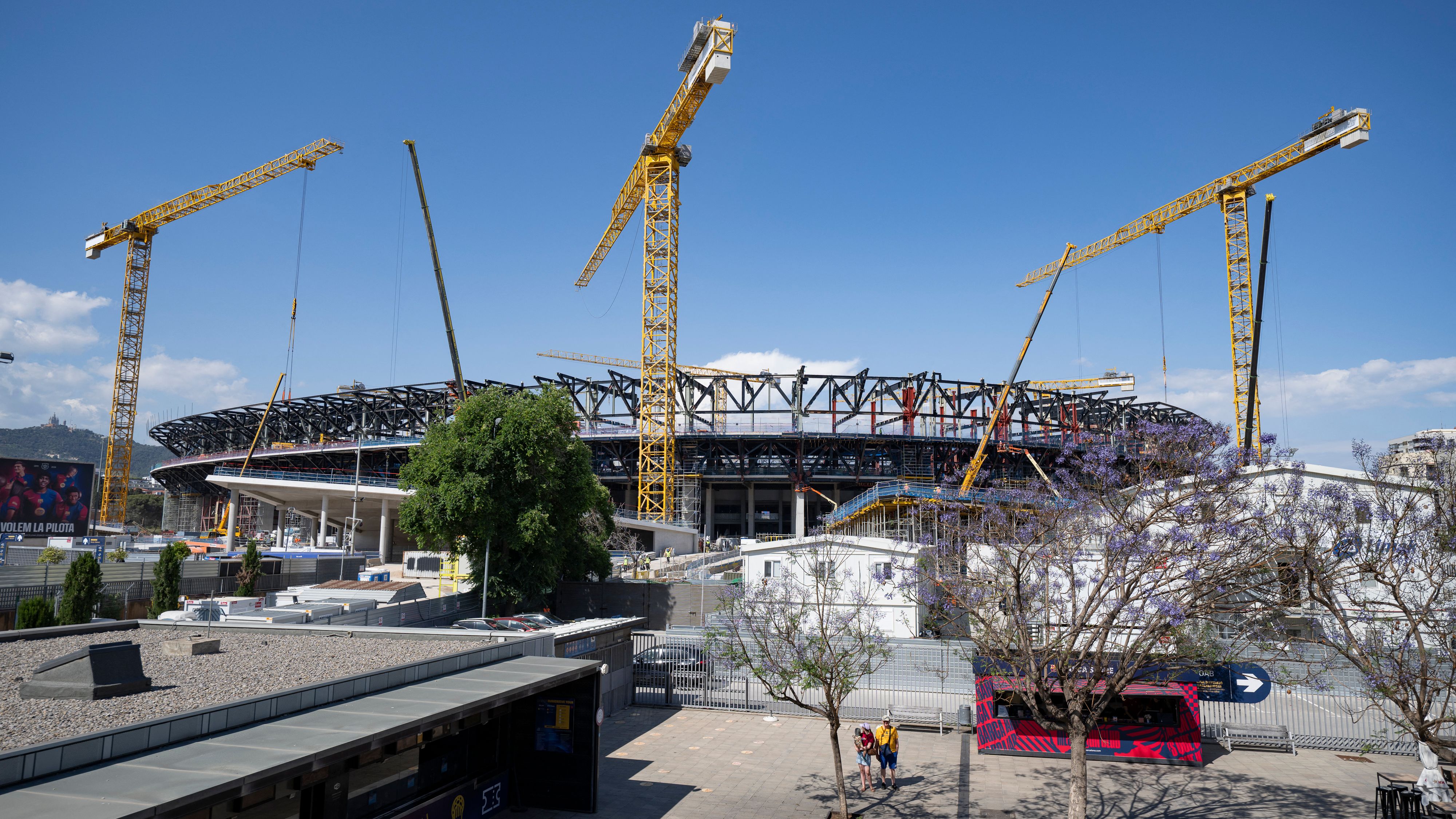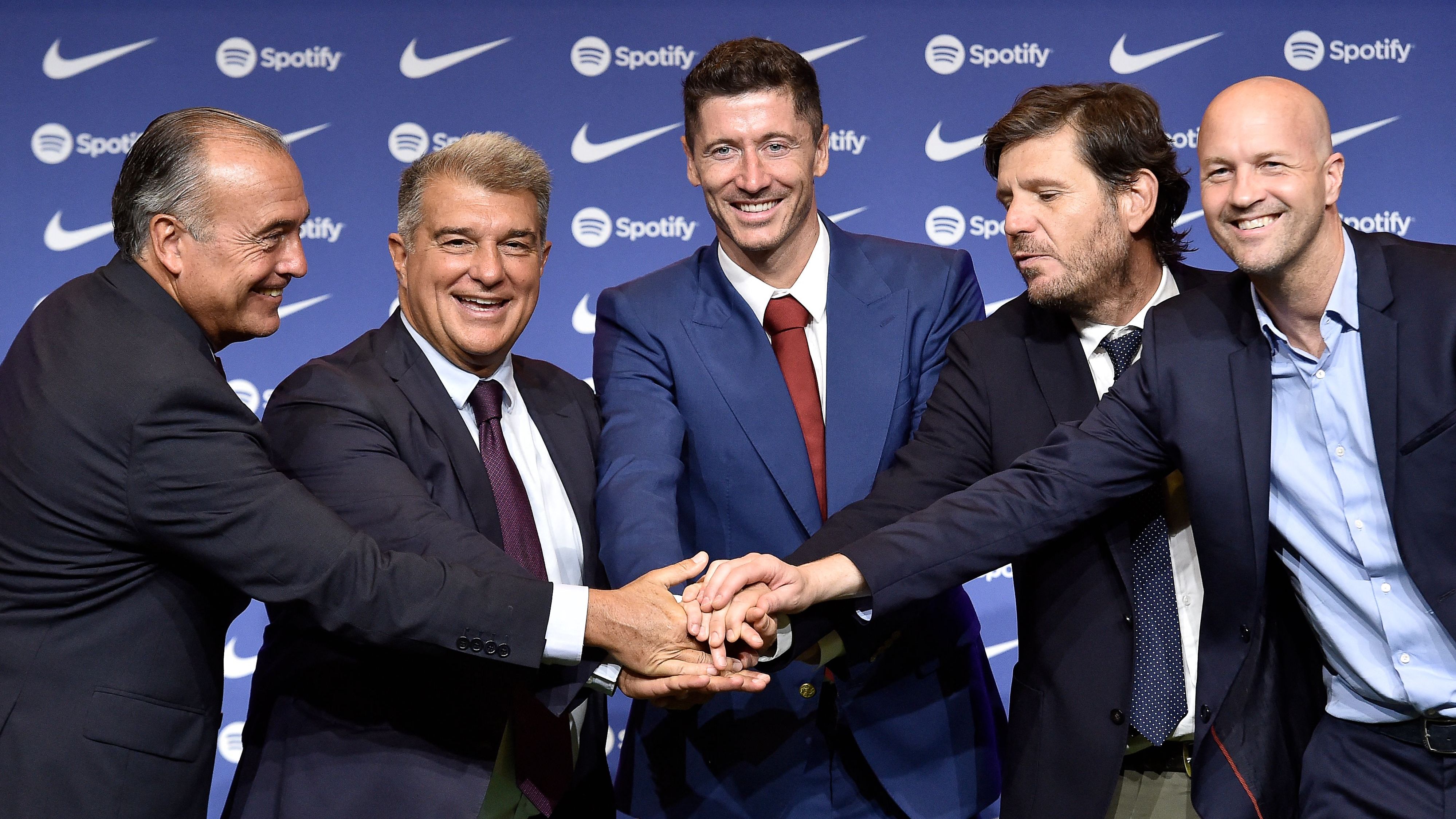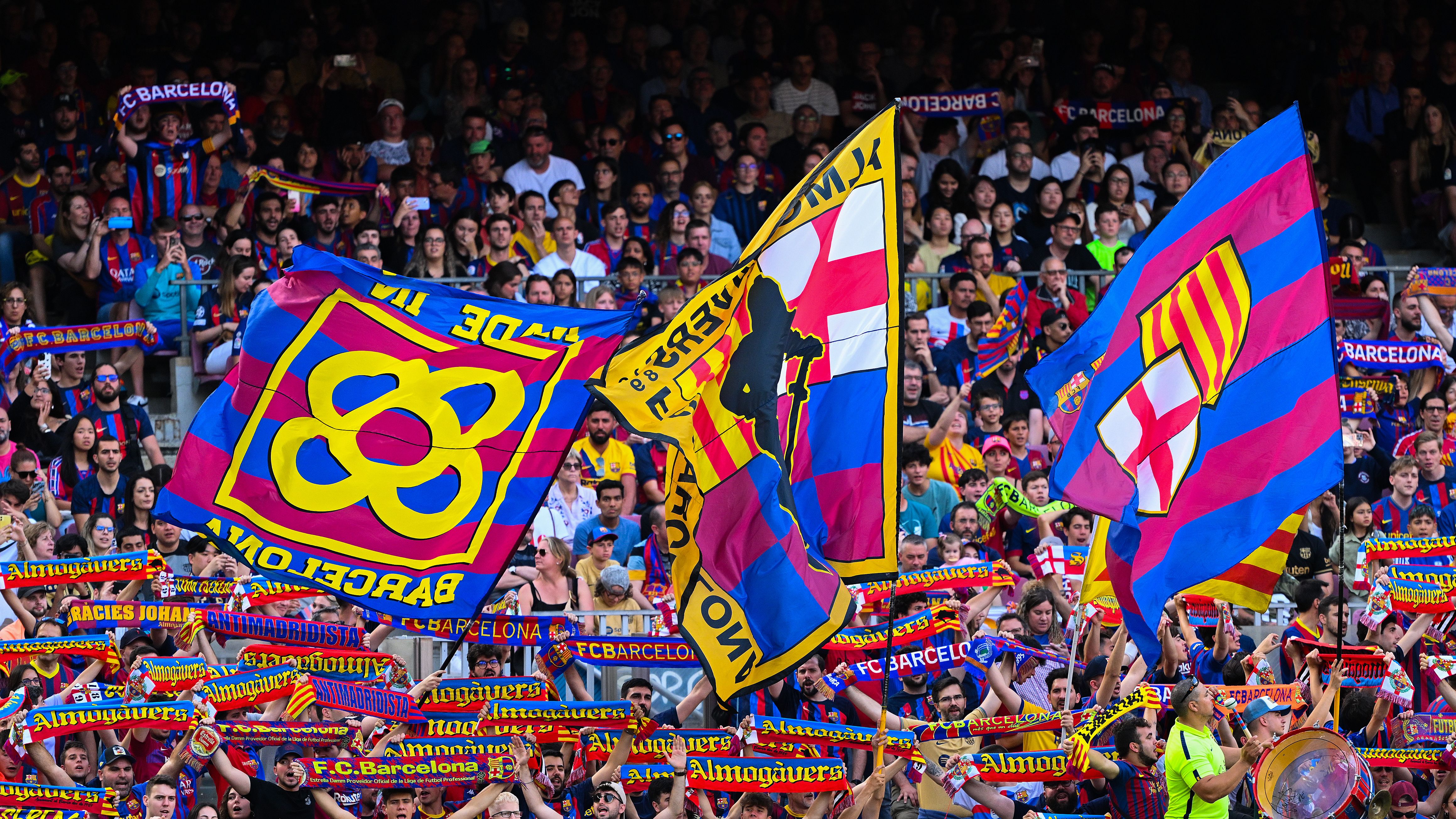The Persistent Challenges Facing Barcelona’s Iconic Camp Nou Stadium
In a fresh twist to Barcelona’s stadium saga, the eagerly anticipated return to Camp Nou has hit yet another roadblock, leaving fans and club officials in limbo. Reports from reliable sources indicate that the Catalan club has abandoned hopes for an August reopening, pushing back plans amid persistent hurdles in construction and approvals, which could mean matches won’t return until early next year. This ongoing turmoil highlights the complexities of modernizing one of football’s most revered arenas while managing external pressures and timelines.
- Camp Nou’s revival extends past August timeline
- Obstacles from approvals and building processes cause setbacks
- Team expected to use Estadi Olimpic Lluis Companys for much of the season



Current Status of the Camp Nou Renovation Project
The Camp Nou overhaul, a cornerstone of Barcelona’s efforts to upgrade their historic venue, has encountered repeated postponements that underscore the project’s volatility. Club executives have definitively canceled the August 10 target date, originally slated for a high-profile event against Como in the Joan Gamper Trophy. Factors such as lagging progress in building work and difficulties in securing required municipal authorizations have compelled the team to overhaul their strategy for the upcoming 2025-26 campaign. Even with assurances from key figures like president Joan Laporta and the initiative’s head Elena Fort, the leadership has conceded that full readiness is out of reach, potentially delaying the return to as late as January 2026.
Patterns of Delay in Stadium Development
This most recent holdup fits into a broader narrative of unfulfilled promises and overly optimistic projections that have marked the entire Camp Nou transformation. Early projections aimed for a comeback on November 29, 2024, aligning with the club’s milestone 125th anniversary, followed by aspirations to host major clashes like the Clasico by May 2025-neither of which materialized. Issues stemming from construction bottlenecks, including supply chain disruptions and local regulatory demands, have continually thrown off the schedule. As a result, Barcelona is dealing with significant economic strain from foregone ticket sales and rising expenses, alongside logistical complications in arranging games and adhering to European football standards.
Contractual and Phased Return Strategies
Initially, the agreement with contractor Limak included a strict penalty of €1 million daily for any delays beyond November 2024, yet this measure won’t be activated due to classified exceptional events. To accommodate ongoing enhancements, Barcelona has coordinated with La Liga to handle their initial four home games of the 2025-26 season on the road. The stadium’s re-entry will occur in stages, beginning with a limited crowd of roughly 60,000, while comprehensive features like the additional level and covering structure are slated for completion later in 2026.
Transition to Alternative Venues and Future Outlook
For the start of the 2025-26 season, Barcelona will kick off at the Estadi Olimpic Lluis Companys, their temporary base since mid-2023. Officials plan to inform both La Liga and UEFA about possible site shifts by mid-August, with mounting urgency to resolve the matter ahead of the Champions League in September. The projected timeline for resuming play at Camp Nou is now set for January 2026, though this depends on the speed of current efforts and meeting all certification criteria. Every scheduled home match and significant occasion remains tentative until a firm reopening is established.
Background on Camp Nou Renovation
Barcelona’s Camp Nou, the iconic home stadium of FC Barcelona, has been at the center of a major renovation project aimed at modernizing the facility for fans and players alike. Originally planned as a transformative upgrade to increase capacity, improve accessibility, and incorporate cutting-edge technology, the project has faced numerous setbacks. These delays have pushed back the stadium’s reopening multiple times, frustrating supporters who are eager to see matches in the revamped venue.
One of the key factors driving the renovation is the need to meet modern UEFA standards and enhance the fan experience. Keywords like “Camp Nou renovation updates” and “Barcelona stadium delays” have been buzzing in sports news circles, as the project involves expanding the stadium to hold up to 105,000 spectators and adding features such as a new roof, improved seating, and sustainable energy systems.
Reasons for the Initial Delay
The renovation process kicked off in 2023 but quickly encountered hurdles that experts in construction and sports management had anticipated. Supply chain issues, exacerbated by global economic fluctuations, played a significant role in slowing progress. Additionally, regulatory approvals from local authorities in Barcelona added layers of complexity, as environmental impact assessments and safety certifications took longer than expected.
- Construction Challenges: Workers faced unexpected structural issues with the existing framework, requiring reinforcements that weren’t accounted for in the original timeline. This has been a common theme in large-scale stadium renovations worldwide.
- Pandemic Aftermath: Even though the project started post-COVID, lingering effects on labor availability and material costs continued to impact the schedule.
- Budget Overruns: Reports indicate that costs have escalated, with the total budget now exceeding initial estimates, prompting Barcelona FC to seek additional funding sources.
These factors have made “Camp Nou delay reasons” a popular search term among fans looking for in-depth analysis.
Latest Updates on the Delay
In a recent announcement that sent shockwaves through the football community, officials confirmed the abandonment of the August reopening target. This decision was influenced by incomplete work on critical elements, such as the new electrical systems and spectator areas, which failed quality checks during inspections.
The potential return date has now been pushed to January, giving the project team a few more months to iron out the remaining issues. Searches for “Camp Nou January reopening” have spiked as fans speculate on how this will affect upcoming La Liga matches and Champions League games.
- Key Milestones Missed: The August deadline was optimistic, but factors like weather-related delays in Catalonia and subcontractor disputes meant that only 70% of the work was completed by summer.
- Official Statements: Club president Joan Laporta emphasized in press releases that prioritizing safety over speed is essential, stating, “We want Camp Nou to be a world-class stadium when it reopens.”
- Progress Monitoring: Weekly updates from the construction firm show that teams are now focusing on accelerated phases, including installing advanced LED lighting and VIP suites, to meet the January goal.
This shift has prompted discussions around “Barcelona stadium timeline delays,” highlighting the importance of transparent communication from the club.
Impact on Barcelona FC and Fans
The ongoing delays have ripple effects beyond the construction site, affecting everything from team morale to ticket sales. With matches being played at temporary venues like the Estadi Olímpic Lluís Companys, players and coaches have had to adapt to less familiar surroundings.
Financial Implications
Financially, the postponement could cost Barcelona FC millions in lost revenue from matchday operations, concessions, and tourism. Analysts estimate that each month of delay adds to the burden, especially with rising interest rates on loans taken for the project.
- Revenue Loss: Reduced capacity at alternative stadiums means fewer fans can attend, impacting merchandise sales and sponsorship deals.
- Sponsorship Risks: Partners like Nike and Rakuten might reconsider commitments if the stadium isn’t ready, affecting “Camp Nou renovation financial impact” projections.
Fan Reactions and Community Response
Fans have been vocal on social media, with reactions ranging from disappointment to understanding. Many appreciate the long-term benefits, but the uncertainty has led to calls for better updates.
- Online Engagement: Hashtags like #CampNouDelay have trended, with supporters sharing memes and polls about potential opening games.
- Supporter Initiatives: Local fan groups are organizing virtual events and watch parties to keep the community spirit alive during this period.
What’s Next for the Stadium Project
As the project moves toward a January target, stakeholders are optimistic about overcoming the remaining obstacles. The focus is now on intensive work schedules and contingency planning to ensure no further slips.
Detailed Timeline Overview
Here’s a breakdown of the expected phases leading to reopening:
- November to December: Completion of interior fittings, including seating and audiovisual systems.
- January Preparations: Final testing of safety features and capacity trials to comply with regulations.
- Potential Challenges: Any winter weather in Barcelona could delay outdoor work, so crews are prioritizing indoor tasks first.
Innovations to Watch
The renovation promises exciting features that will set Camp Nou apart, such as interactive fan zones and eco-friendly designs. With keywords like “modernized Camp Nou” gaining traction, the stadium is poised to become a benchmark for future projects in Europe.
In essence, while the delays are frustrating, they underscore the commitment to creating a top-tier venue that fans can enjoy for decades. By staying informed on “Camp Nou renovation progress,” supporters can look forward to an enhanced experience when the gates finally reopen.









